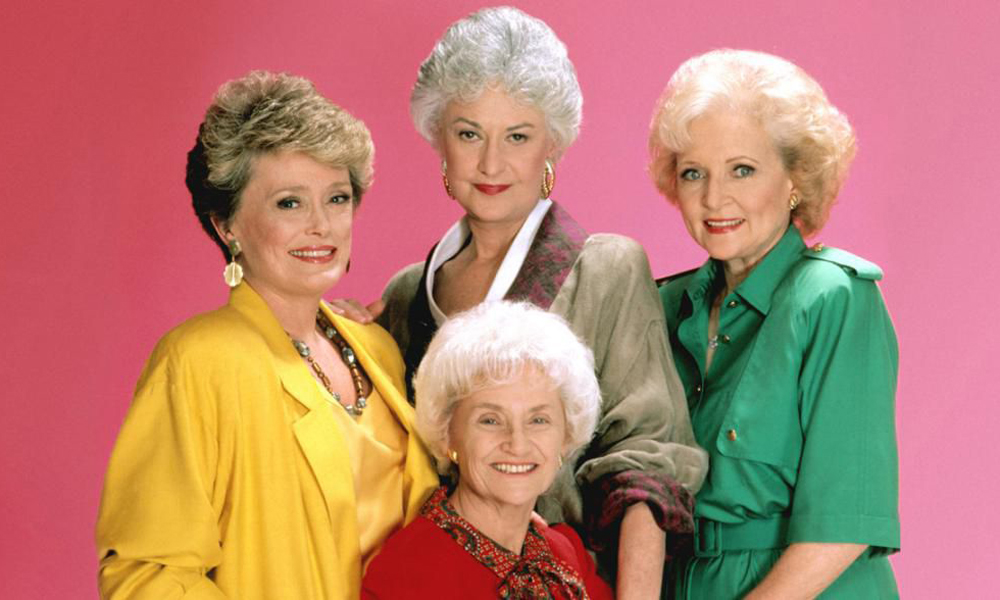
The Progressive Way The Golden Girls Addressed Diversity
The world was recently heartbroken to hear of the December 31st, 2021, death of beloved and groundbreaking actress and comedian Betty White. White’s death brought plenty of public attention to her seven-decades long entertainment career accomplishments. Although White had a long list of accolades, she was especially well-known for playing the role of “Rose Nylund” in the iconic show The Golden Girls, alongside Bea Arthur (Dorothy), Rue McClanahan (Blanche), and Estelle Getty (Sophia). A show about four older single women was risky enough, but The Golden Girls tackled many controversial issues around age, race, relationships, and diversity. Entire episodes were woven around the complexities surrounding disabilities, racism, and LGBTQIA issues. Thirty-five years later, the show is still in syndication, and its perspective on these issues is still relevant. Here are three ways The Golden Girls addressed diversity.
The Golden Girls was unapologetic about featuring LGBTQIA storylines onscreen. In the episode “Isn’t It Romantic,” Dorothy’s friend Jean comes to visit. Jean is a lesbian and has just lost her partner. Dorothy decides not to tell anyone that Jean is a lesbian, but Jean soon develops romantic feelings for Rose. Comedy ensues as Blanche is offended that Jean likes Rose instead of her, and Rose has difficulty addressing Jean’s feelings for her. By the end of the episode, Rose lets Jean down gently, sympathizes with her for the loss of her partner, and the two become friends. This episode showed viewers how LGBTQIA and heterosexual relationship issues could align, allowing them to sympathize with Jean’s character. Today, many members of the LGBTQIA community still fear coming out due to discrimination in the world and workplace. Realizing that we all have the exact human needs helps address bias towards this diverse group.
In The Golden Girls, Blanche’s character has a minimal perspective on social issues. She is a privileged, southern, Republican, white woman. She holds tight to the values she has been raised with, even when they clash with increasingly modern and diverse society. In one episode, her world is shaken when she learns her brother is gay. She has trouble accepting this, and it threatens their relationship. In another episode, she is set on becoming a member of the Daughters of the Old South, a type of exclusive club with old southern, Confederacy-promoting, Republican values. To become a member, Blanche has to trace her family tree and find out that she is part Jewish, blocking her from becoming a member. As much as Blanche’s character is loved, her views are problematic. The Golden Girls gives an honest depiction of her perspective. Today, the issue of privilege is prevalent in discussions on diversity. A lot of attention is being drawn to how people in positions of freedom cannot always empathize with others who do not have the same opportunities.
Lastly, in the episode “Sick and Tired,” The Golden Girls tackled disability. Dorothy’s character becomes sick with symptoms eventually diagnosed as chronic fatigue syndrome. At first, her doctor dismisses her, telling her that nothing is wrong. She is relieved to get a diagnosis, although the symptoms cause her to leave her substitute teaching job. Thirty-five years later, making reasonable accommodations for disabled employees and working-from-home flexibility are hot diversity topics in the HR world.
The Golden Girls was a show that was ahead of its time in many ways. The writers brilliantly wrote storylines that have proven to be appealing to different generations and are withstanding the test of time. They addressed diversity with honesty, relatability, and comedy. Perhaps, this is the combination that keeps it relevant today.
